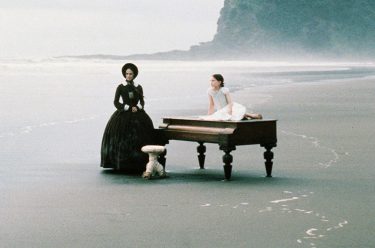The world of heroic deeds, epic journeys and sacred stories are celebrated in film. We explore the insights these narratives still provide into the mysteries and wonders of our existence, here we elaborate on the powerful relationships between classic folklore and modern cinematic storytelling.
In modern usage, the word myth often indicates dismissive derision for a situation or action perceived by the speaker as fictional or false. In a world now dominated by technological advancements and secular reasoning, the notion that contemporary society — even outside the constraints of organised religion — still turns to mythic narratives to reconcile aspects of the natural world and our place within it, is unexpected. Yet millions of people engage with the patterns and themes that underpin all mythological narratives through our modern‑day forms of mythmaking: film and television.
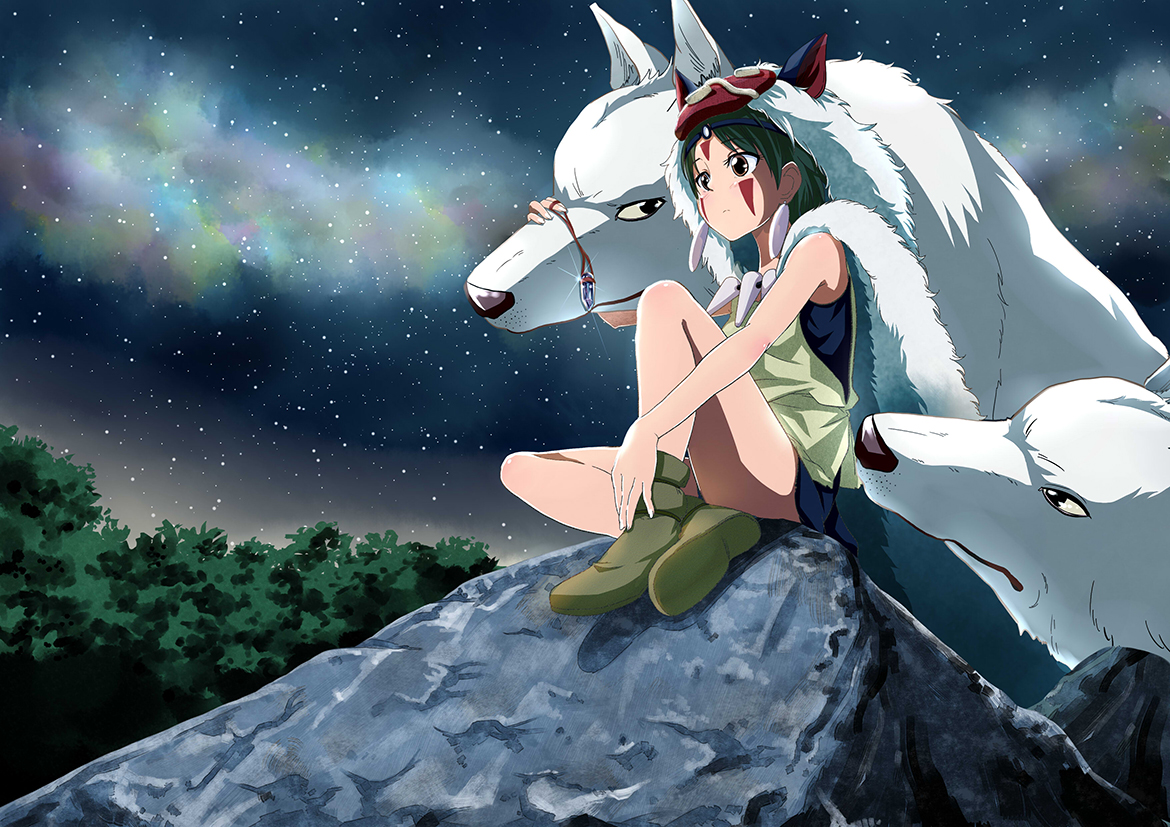
From the rituals surrounding rites of passage — birth, puberty, reproduction and death — the ancient patterns and motifs we use to make sense of our world remain relatively unchanged. It is largely through myth, and the metaphors, symbols and patterns through which it communicates, that we find our place in the universe, understand the how and why of our existence, and accept our inevitable decline and death. To modern scholars such as Ira Chernus and Joseph Campbell, leading figures in comparative religion and mythology respectively, myths are to be understood not as literal truths but symbolic ones. They are lenses through which we interpret our experiences, an indirect and often poetic way to challenge or reassure us intellectually, to shape, reshape or reaffirm the way we experience the world.1 As Campbell wrote:
Throughout the inhabited world, in all times and under every circumstance, the myths of man have flourished; and they have been the living inspiration of whatever else may have appeared out of the activities of the human body and mind. It would not be too much to say that myth is the secret opening through which the inexhaustible energies of the cosmos pour into human cultural manifestations. Religions, philosophies, arts, the social forms of primitive and historical man, prime discoveries in science and technology, the very dreams that blister sleep, boil up from the basic, magic ring of myth.2
Traditionally stories of supernatural beings, heroes or ancestors, myths served to explain aspects of the community’s worldview and customs. Modern usage of the word to mean falsehood denies us its function, which connects our everyday lives to the deepest roots of our existence. Myths continue to offer a pathway through the difficult aspects of life, and to validate and give meaning within a community. Just as a community adapts and changes with their environment however, these stories must remain relevant by adapting the forms they take. The advent of cinema in the late nineteenth century provided a fresh platform via which these stories could be presented to a contemporary audience.
This powerful relationship between classic folklore and modern cinematic storytelling incorporates interpretations of classic tales from early silent cinema (The Passion of Joan of Arc 1928 and The Golem 1920) through to classical mythology such as Jason and the Argonauts 1963 and Clash of the Titans 1981. Contemporary reinterpretations of these classic tales are in films such as Black Orpheus 1959, which sees the legend of Orpheus set in a favela in Rio de Janeiro during the annual Carnaval celebrations; as well as mythological stories and sacred tales from around the world such as the Inuit legend Atanarjuat: The Fast Runner 2001, the African tale Brightness 1987; and the Indigenous Australian ancestral story Ten Canoes 2006.
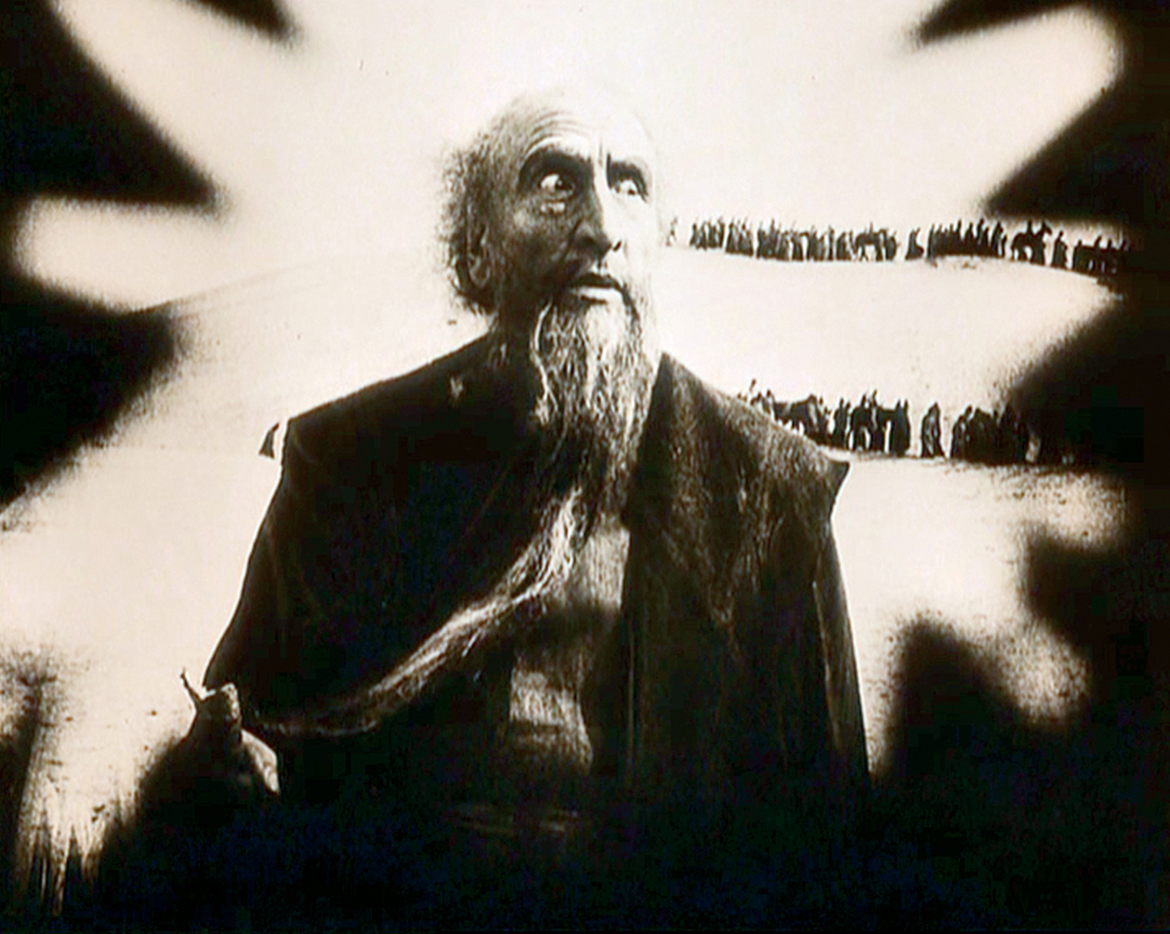
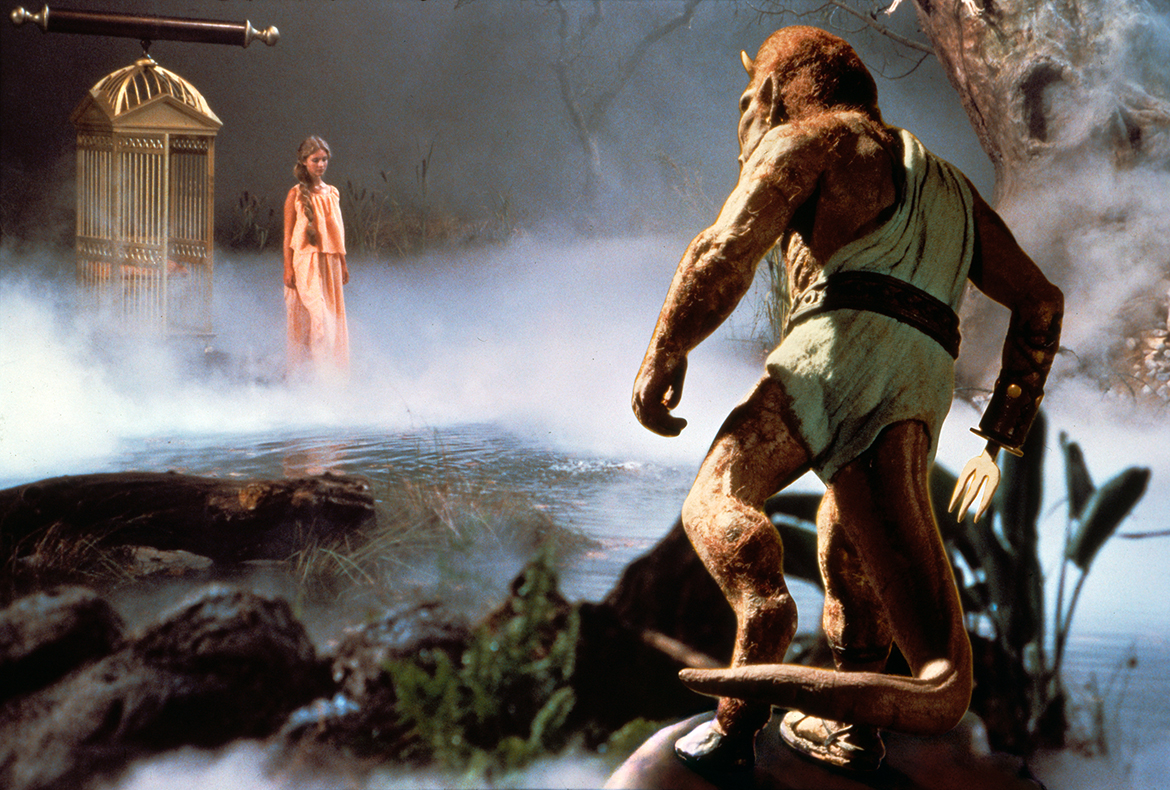
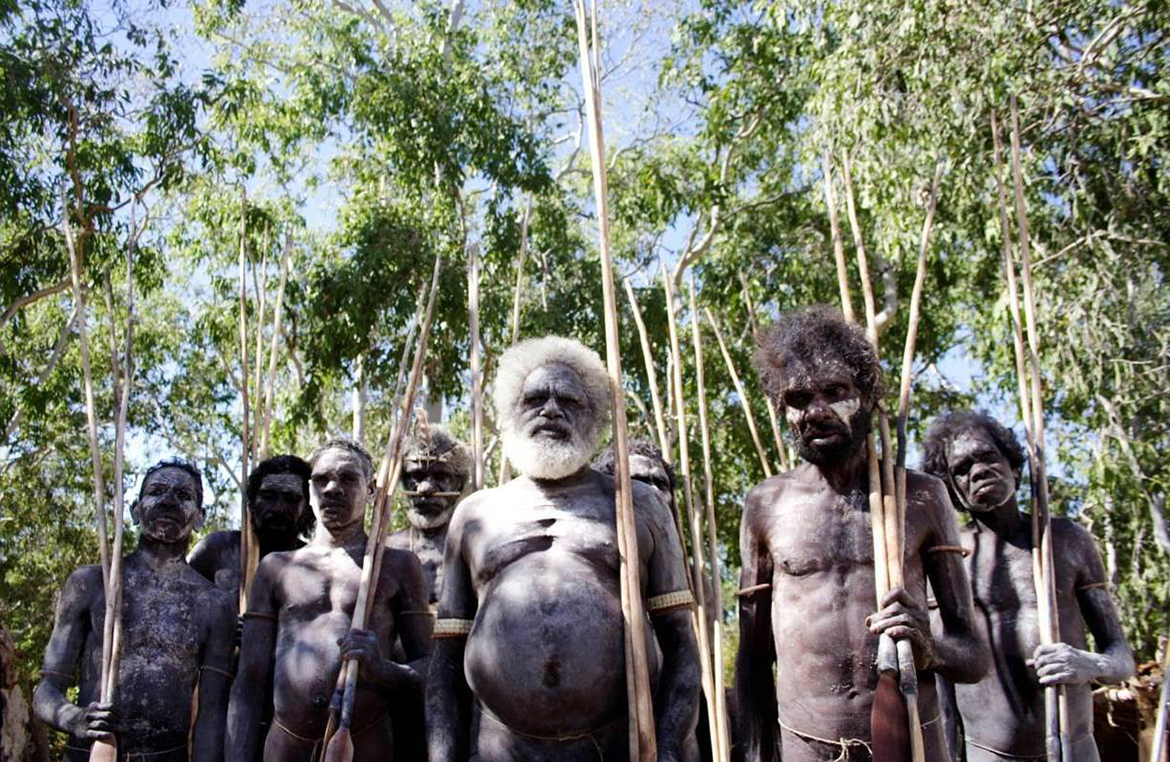
Known as explicit myths, these films tap into a broad understanding of mythology in film, which draws on supernatural adventures featuring gods, spirits, monsters and heroes. They offer audiences mythic narratives in their most clear form, often set in fantastical landscapes and beginning with variations of the ‘once upon a time’ or ‘a long time ago’ scenario. These adaptations often evoke powerful physiological and emotional responses to the identifiable cultural mores within them, which in turn reaffirm community values.
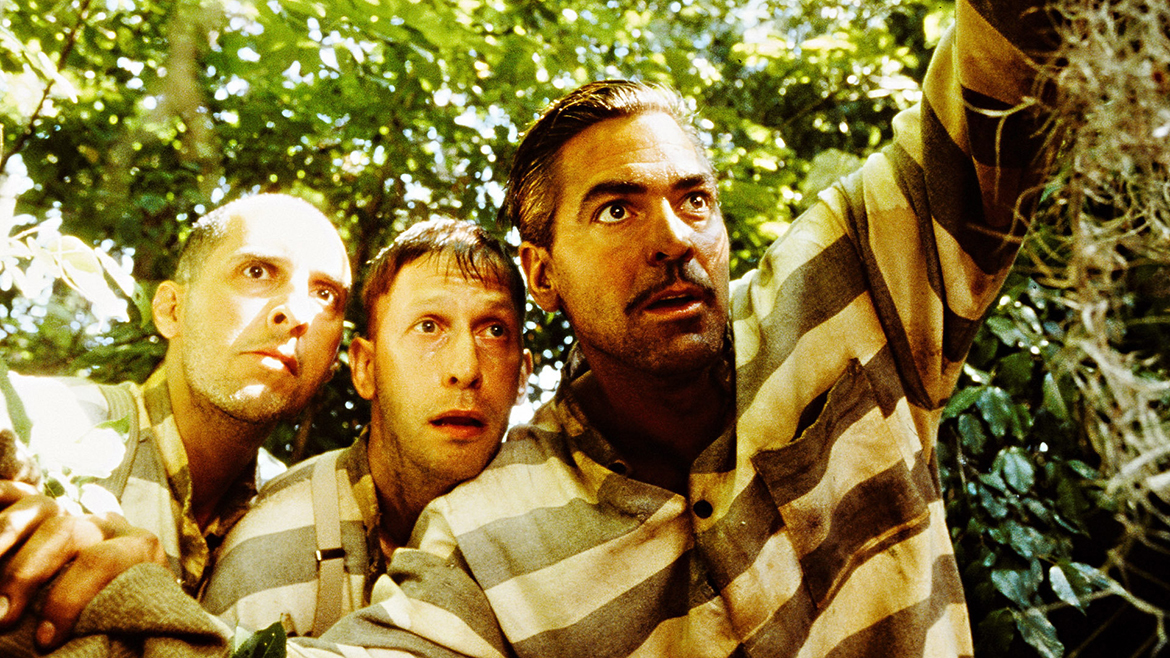
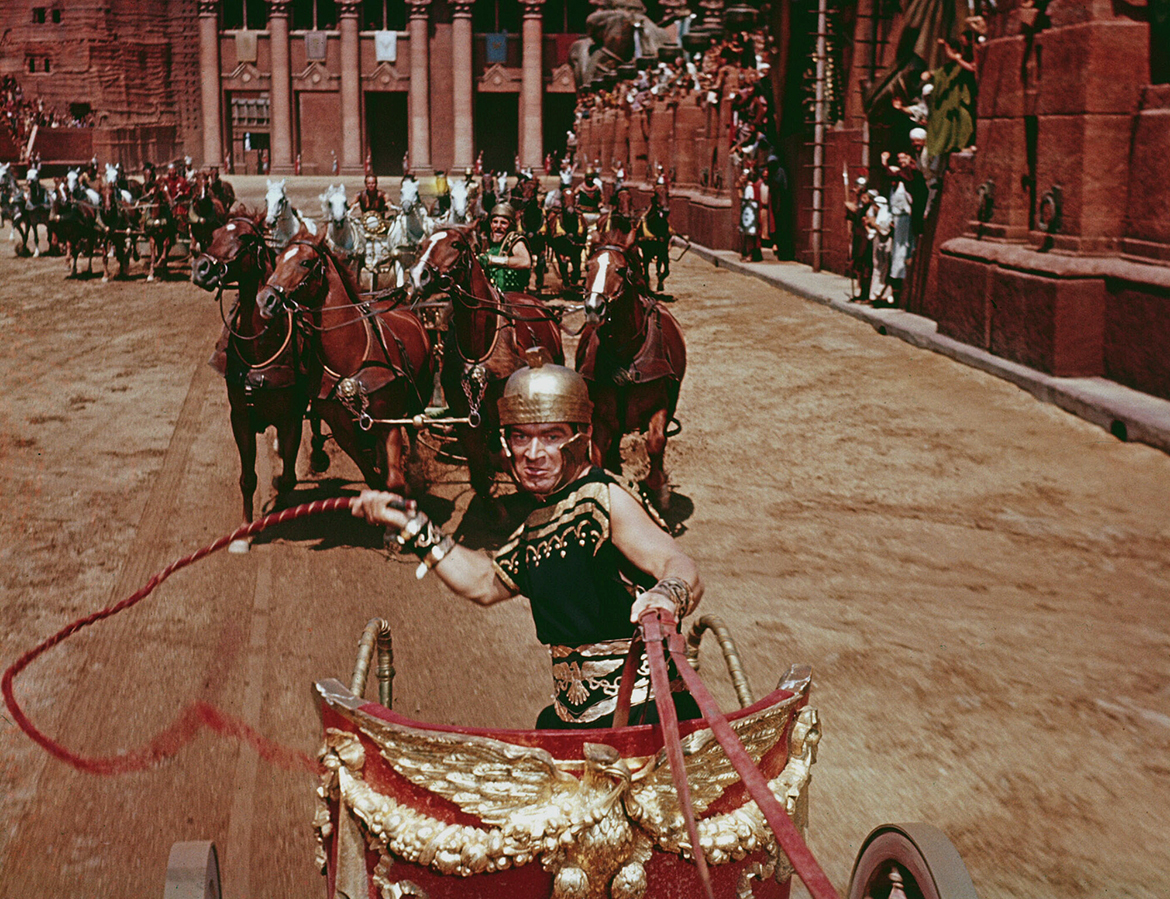
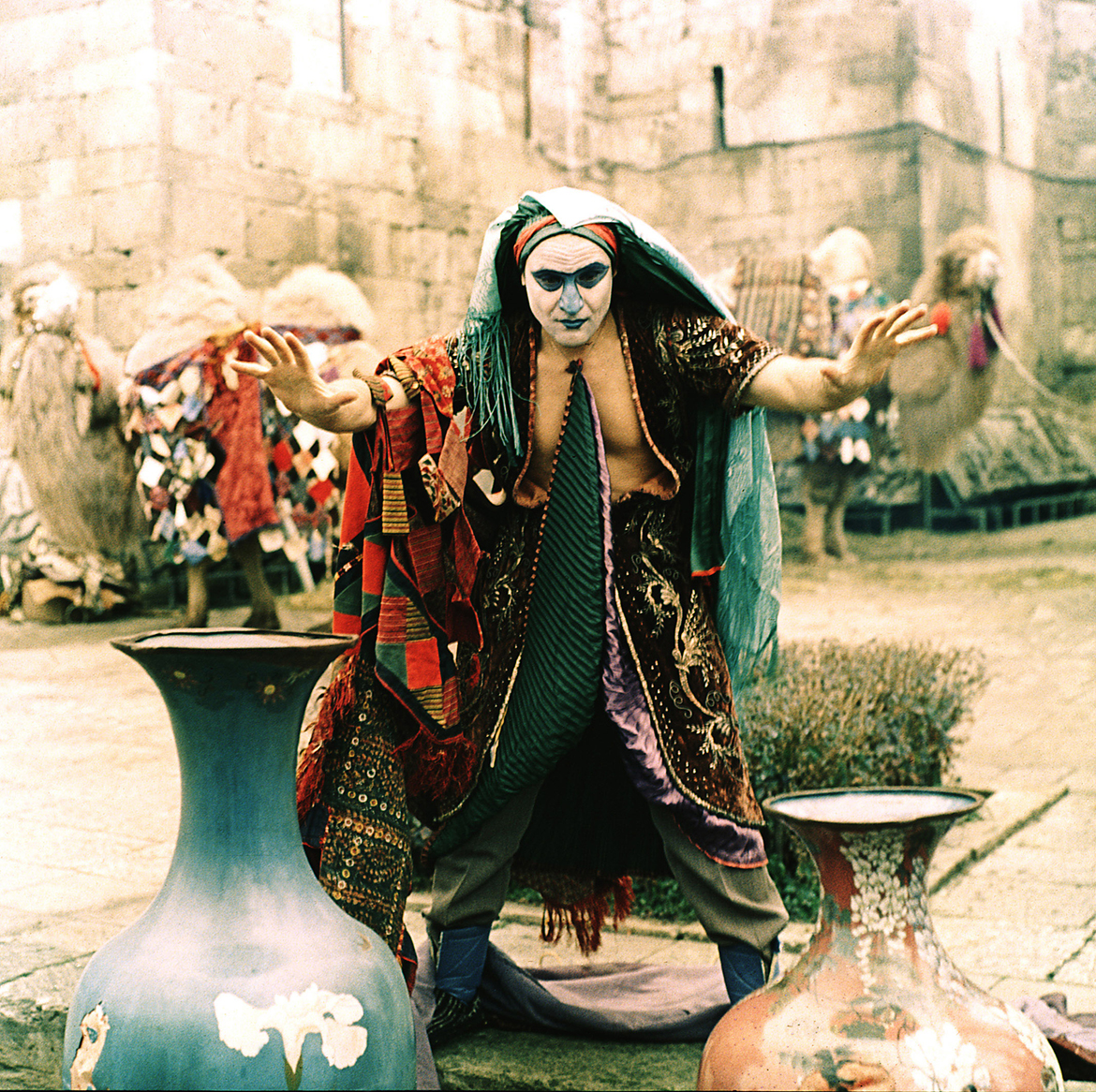
In addition to these explicit myths are implicit mythical narratives — stories that take a less obvious form — the heroic journeys of everyday life. These mythic narratives are imbedded in a range of cinematic genres, from film noir (The Maltese Falcon 1941), science fiction (Aliens 1986), adventure (The Adventures of Robin Hood 1938), drama (Fight Club 1999), romance (Pretty Woman 1990), comedy (Monty Python and the Holy Grail 1975) and the western (Unforgiven 1992). At first glance these have little in common with stories of supernatural beings or epic adventures, but they share similar patterns to the rites of passage depicted in the classic tales — separation, initiation, and the return of the adventuring hero. The hero is rarely the high-flying sword-wielder of the epic tales, and yet the structure of the narratives, and the life principles embedded within them, are relatively unchanged. For Joseph Campbell, who called these patterns the ‘hero’s journey’ in his seminal 1993 work The Hero with A Thousand Faces, the physical hero is equally matched by the spiritual hero, who identifies less as a warrior and appears more in the role of mother, wanderer, pilgrim or tragic figure. For the spiritual hero, the cycle of separation, initiation and return takes a quieter path than that of their physical counterpart, but the psychological obstacles are no less challenging, nor the prize of knowledge any less valuable.3
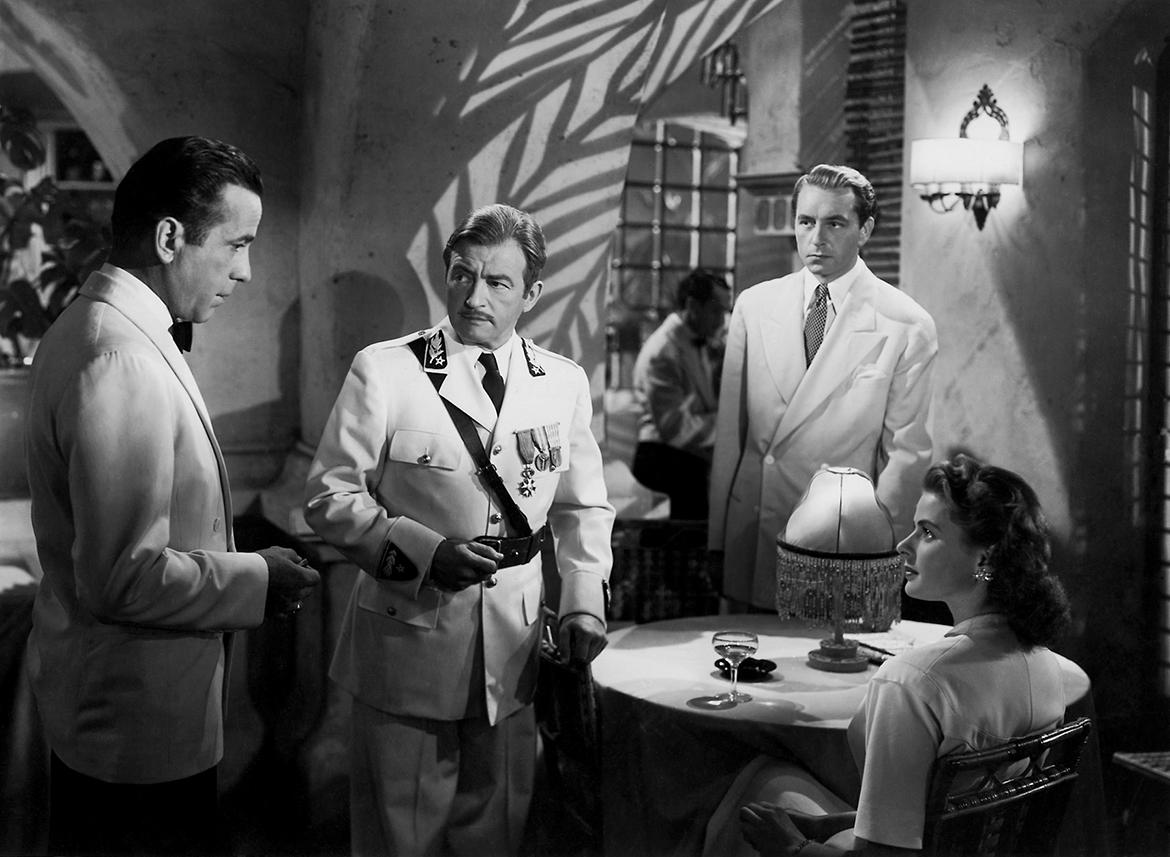

While Campbell was criticised for ‘flattening’ international cultural differences in order to highlight their similarities, those commonalities still found their way into the cinematic landscape long before Campbell’s scholarship, from the very beginning of the medium. Their universality is further articulated in the work of Campbell devotee Christopher Vogler and his book The Writer’s Journey: Mythic Structure for Storytellers and Screenwriters (1993), which breaks down Campbell’s structure for scriptwriters and has been fundamental to the development of Hollywood films for more than 20 years, which is more a sign of the importance of the mythic narratives to contemporary society than a call to a prescriptive structure. At its core, mythical stories continue to provide structure and support to our lives at both conscious and unconscious levels. They guide us through the rituals and rites of passage that are as relevant to contemporary society as they were in ancient times. That we tell these stories in cinemas and lounge rooms rather than around campfires does not lessen their importance and relevance to an understanding of our own lives, our place in the community, the country and beyond.
Amanda Slack-Smith, Australian Cinémathèque, QAGOMA
Endnotes
1 Ira Chernus, Essays about America’s national myths in the past, present, and future, http://mythicamerica.wordpress.com/the-meaning-of-myth-in-the-american-context, viewed 6 October 2014.
2 Joseph Campbell, The Hero with A casablancasand Faces, Fontana Press, London, 1993, p.3.
3 Christopher Vogler, The Writer’s Journey: Mythic Structure for Storytellers and Screenwriters, Macmillan, London, 1993
The Australian Cinémathèque
The Queensland Art Gallery | Gallery of Modern Art (QAGOMA) is the only Australian art gallery with purpose-built facilities dedicated to film and the moving image. The Australian Cinémathèque at GOMA provides an ongoing program of film and video that you’re unlikely to see elsewhere, offering a rich and diverse experience of the moving image, showcasing the work of influential filmmakers and international cinema, rare 35mm prints, recent restorations and silent films with live musical accompaniment by local musicians or on the Gallery’s Wurlitzer organ originally installed in Brisbane’s Regent Theatre in November 1929.
#QAGOMA

